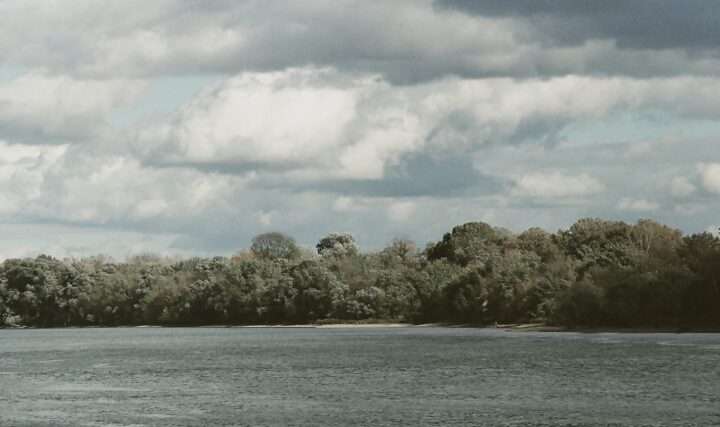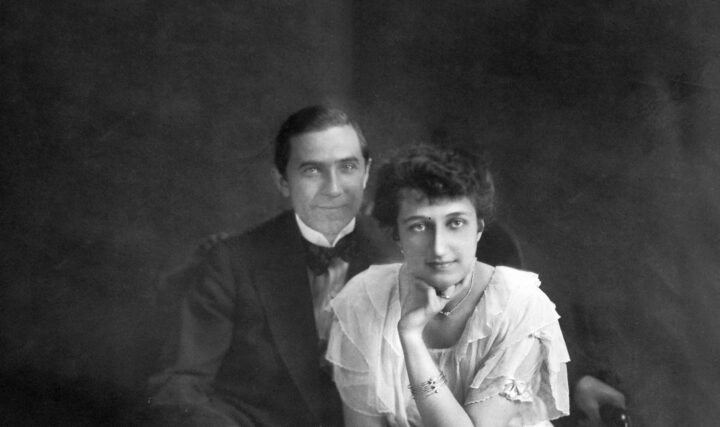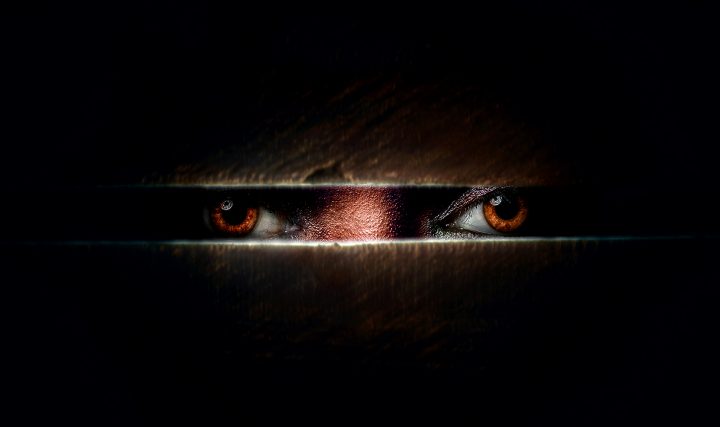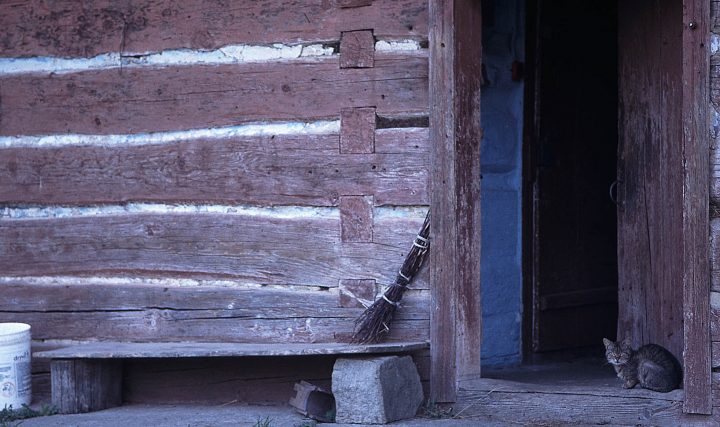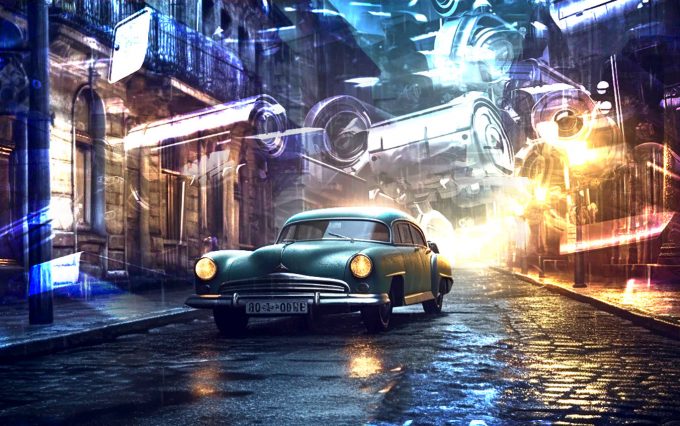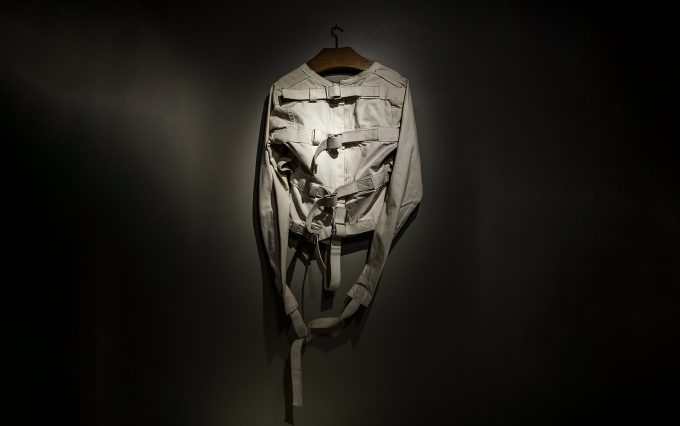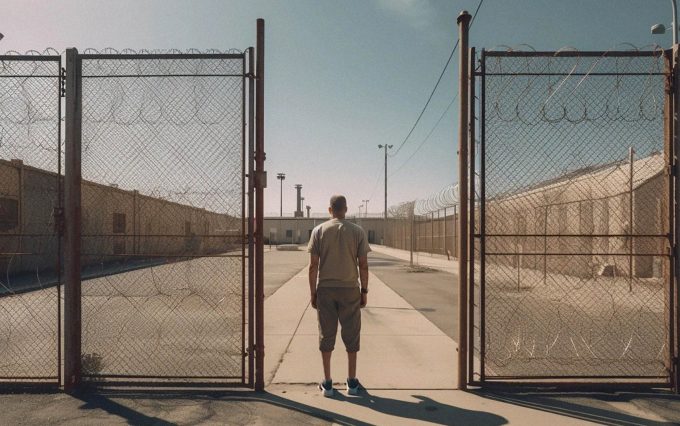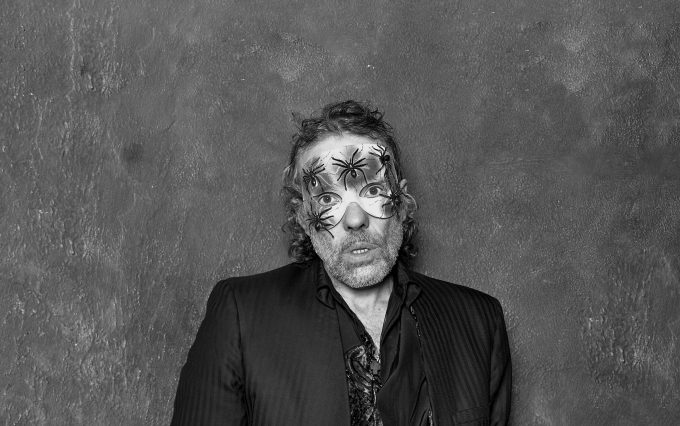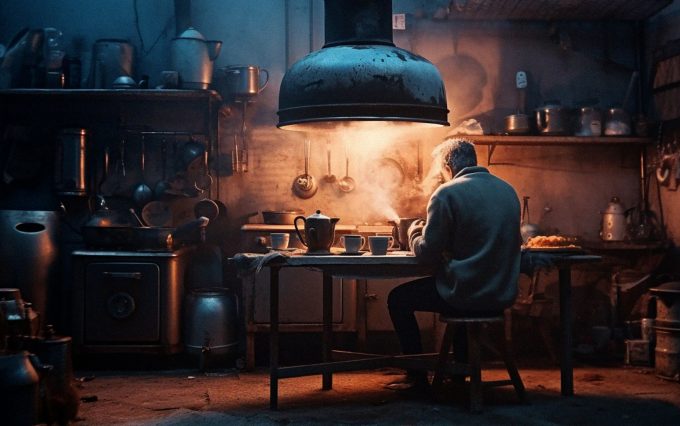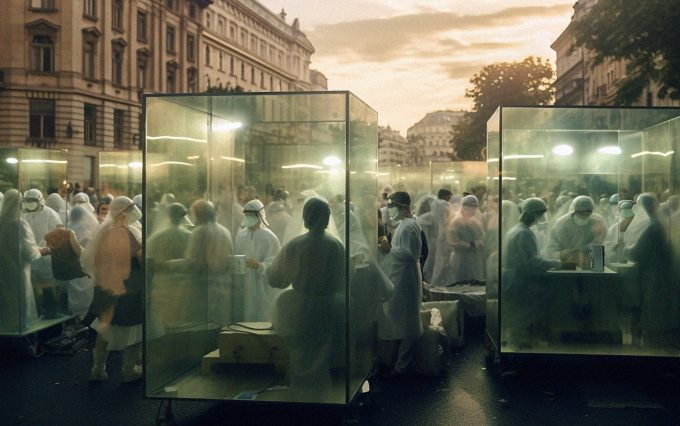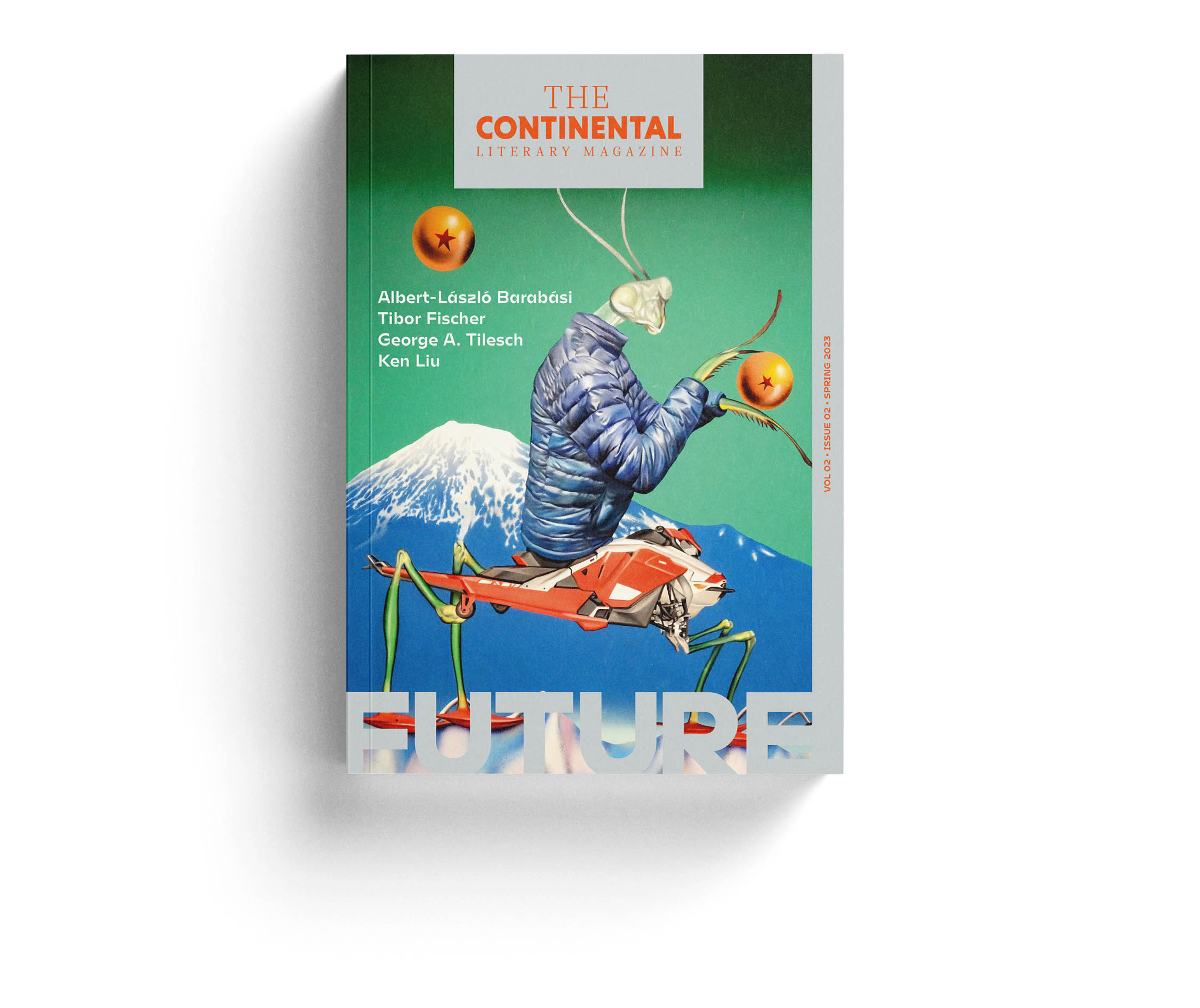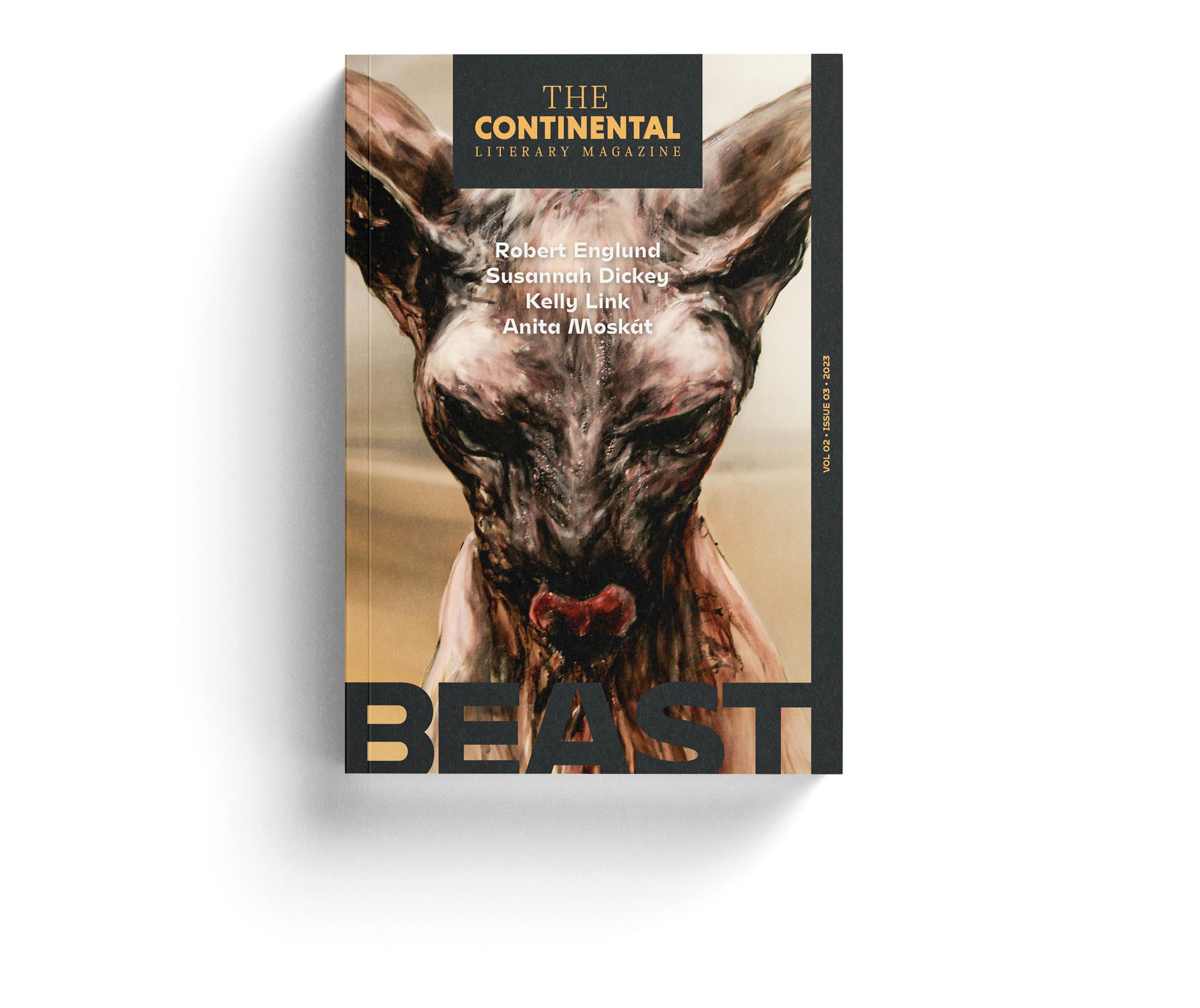In his poem, Petr Borkovec quietly, concisely, and with exacting observation sharpens out a dramatic micro-story.
Closed wards, inertia, and the summer the rivers broke their banks—a meeting between two young people in a cheap bar unearths buried emotion.
In this short story, McCarthy waits like a professional, in the cell of the New York Department of Correction, or in a motel room with a fifth of rye.
A mystery by László Márton involving a Hungarian chemical engineer and a Persian rug, set in Vienna, just six years after the Soviets withdrew.
In an exclusive interview for the Continental, legendary film director Abel Ferrara shares his thoughts on the movie industry, addiction, and the importance of remaining artistically independent.
A fragmentary avantgarde poem by Hungarian poet János Marno, with seemingly no framework, contorted with cynicism, lust, shame, villainy, and terror.
The inhabitants of this plague-struck world, in this poem by Hungarian poet Petra Szőcs, are seething with suspicion, horror, fear, and longing.
A police investigation at the scene of the death of a 17-year-old prostitute, from the pen of the most widely read Slovak detective fiction writer.
In this poem by Hungarian poet János Marno in a private moment of near hallucination a ladybird on a finger is mistaken for a drop of blood.
